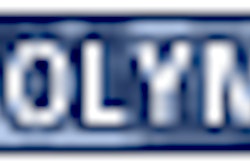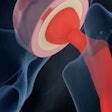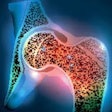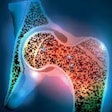
SALT LAKE CITY - When it comes to interacting with Olympic athletes and their entourages, it’s been a mixed bag for Dr. Lynne Steinbach. In many instances, she’s had to take a very hands-off approach, playing a game of telephone by reporting imaging results to a team physician, who then takes the information to the coach, who then delivers the news to the athlete.
But in other cases the conversations have been personal, and pleasantly surprising, Steinbach said.
"This skater was looking at her fifth metatarsal fracture and she was able to read her film; she knew all about displacement. I told her that she should be a radiologist when she gets out of (skating)," Steinbach said.
 |
| Dr. Lynne Steinbach, on the job at the Polyclinic. |
Hailing from the University of California, San Francisco -- where she is a professor of radiology and orthopedics, as well as acting chief of musculoskeletal imaging -- Steinbach’s prior experience with these kinds of injuries is quite extensive. Her practice includes diagnosing injuries in winter sports enthusiasts who return from weekends at Lake Tahoe slightly worse for wear.
"At home, we see more snowboarding injuries of the wrist. (At the Polyclinic), it’s been more skiing injuries. But it’s still early in the Games," she said.
Early in the Games also means more opportunity for professional discussions with her fellow radiologists, a format that Steinbach said she finds more educational than the standard conference.
"I miss this kind of interaction, and it’s rare to be able to have it. We have a lot of meetings, but to be able to get together in the work setting and just talk, it makes me think this would not be a bad way to learn. Some of the other radiologists here have innovative MRI sequences that I think I’ll be taking back with me and trying out," she said.
By Shalmali PalAuntMinnie.com staff writer
February 14, 2002
Copyright © 2002 AuntMinnie.com
















